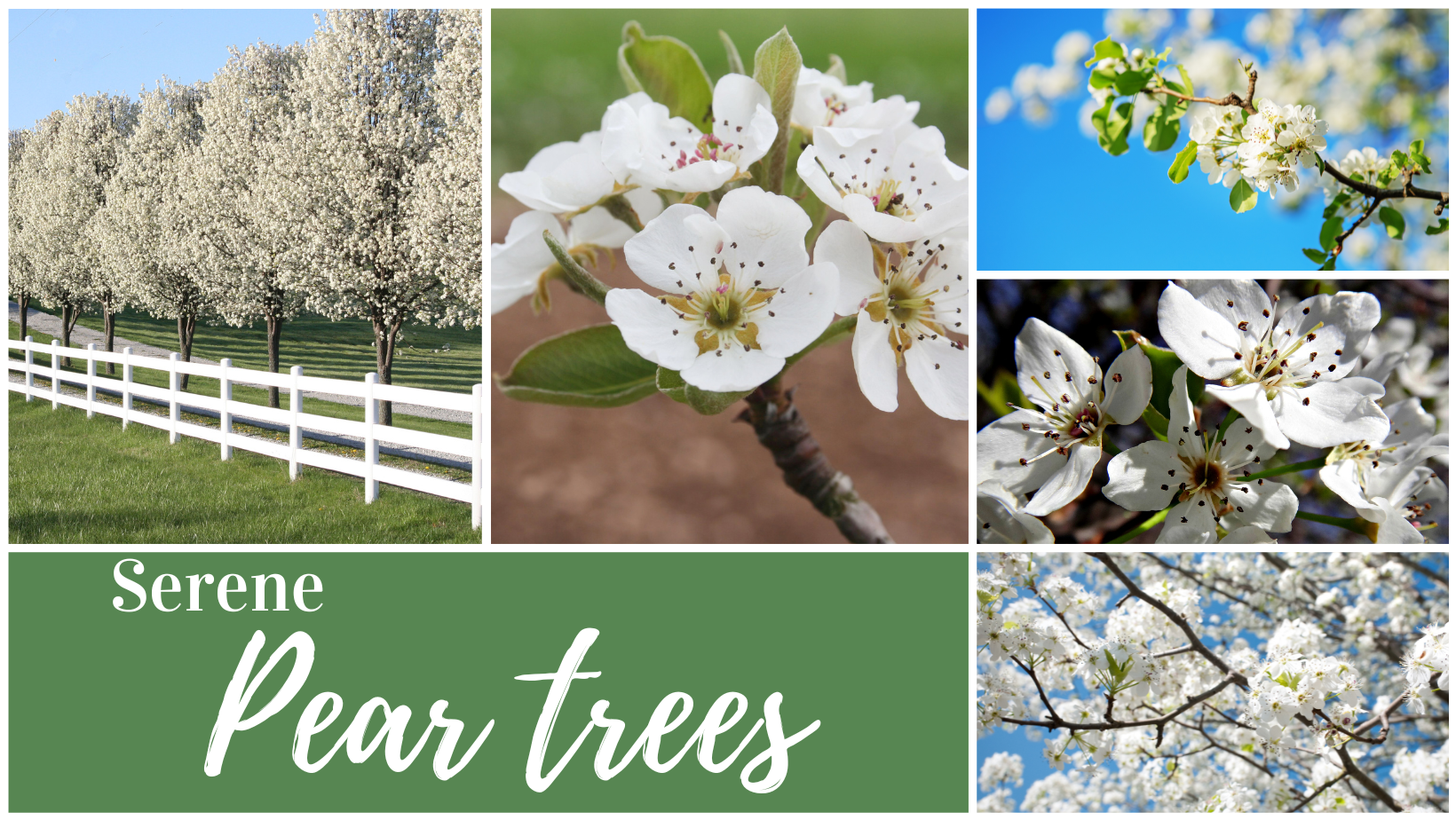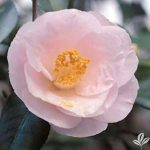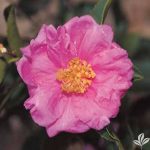Enhancing Your Landscape with Azaleas
A Tapestry of Blooms: Imagine a garden adorned with cascades of vibrant blooms, painting a breathtaking tapestry of color and fragrance. This is the magic of azaleas. From delicate pastels to bold hues, their flowers captivate the eye and uplift the spirit, heralding the arrival of spring with unmatched splendor. Whether planted as focal points or woven into the fabric of mixed borders, azaleas infuse your landscape with a sense of enchantment and allure.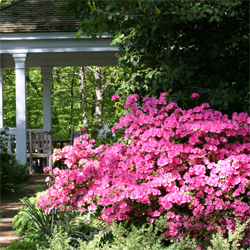
Versatility in Design: One of the greatest assets of azaleas lies in their versatility. Whether your garden embraces formal symmetry or wild, naturalistic beauty, azaleas adapt with effortless grace. Use them to create lush hedgerows that delineate outdoor spaces with elegance and poise. Integrate them into woodland gardens, where their dappled blooms harmonize with the filtered light and shade. Or showcase them in containers on patios and balconies, bringing a touch of refined beauty to urban landscapes.
Seasonal Interest: While azaleas are perhaps best known for their spectacular spring blooms, their appeal extends far beyond the confines of a single season. With careful selection of varieties, you can enjoy a succession of blooms from early spring to late summer, ensuring your landscape remains resplendent with color and vitality throughout the growing season. Additionally, the evergreen foliage of many azalea species provides year-round interest, adding structure and texture to your garden even in the depths of winter.
Low Maintenance Beauty: Despite their undeniable glamour, azaleas are surprisingly low maintenance, making them an ideal choice for busy gardeners seeking maximum impact with minimal effort. With proper siting in partial shade and well-drained soil, azaleas require little more than occasional watering and mulching to thrive. Pruning after flowering helps maintain a compact shape and encourages vigorous growth, ensuring your azaleas remain a beacon of beauty in your landscape for years to come.






 extreme temperatures. Ensure there is no risk of frost during planting.
extreme temperatures. Ensure there is no risk of frost during planting.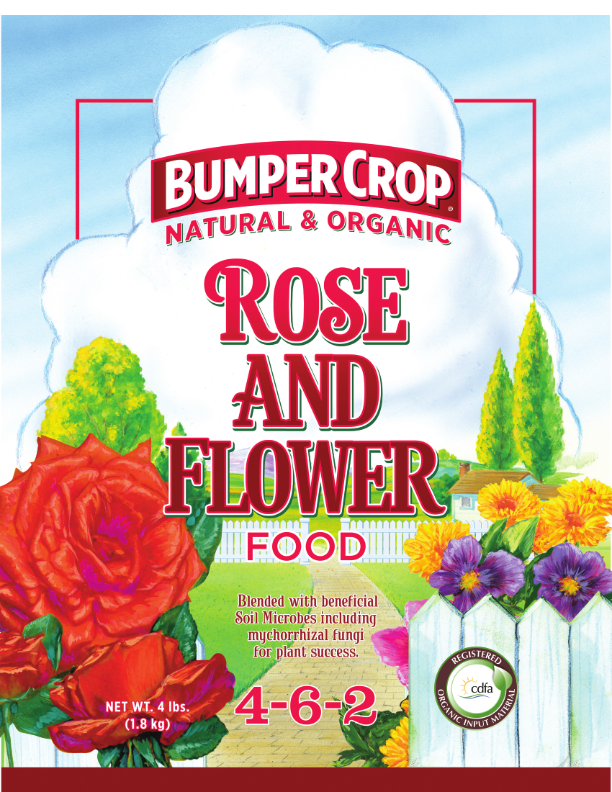 suppress weeds, and maintain a uniform soil temperature. Avoid mulch contact with plant stems to prevent rot.
suppress weeds, and maintain a uniform soil temperature. Avoid mulch contact with plant stems to prevent rot.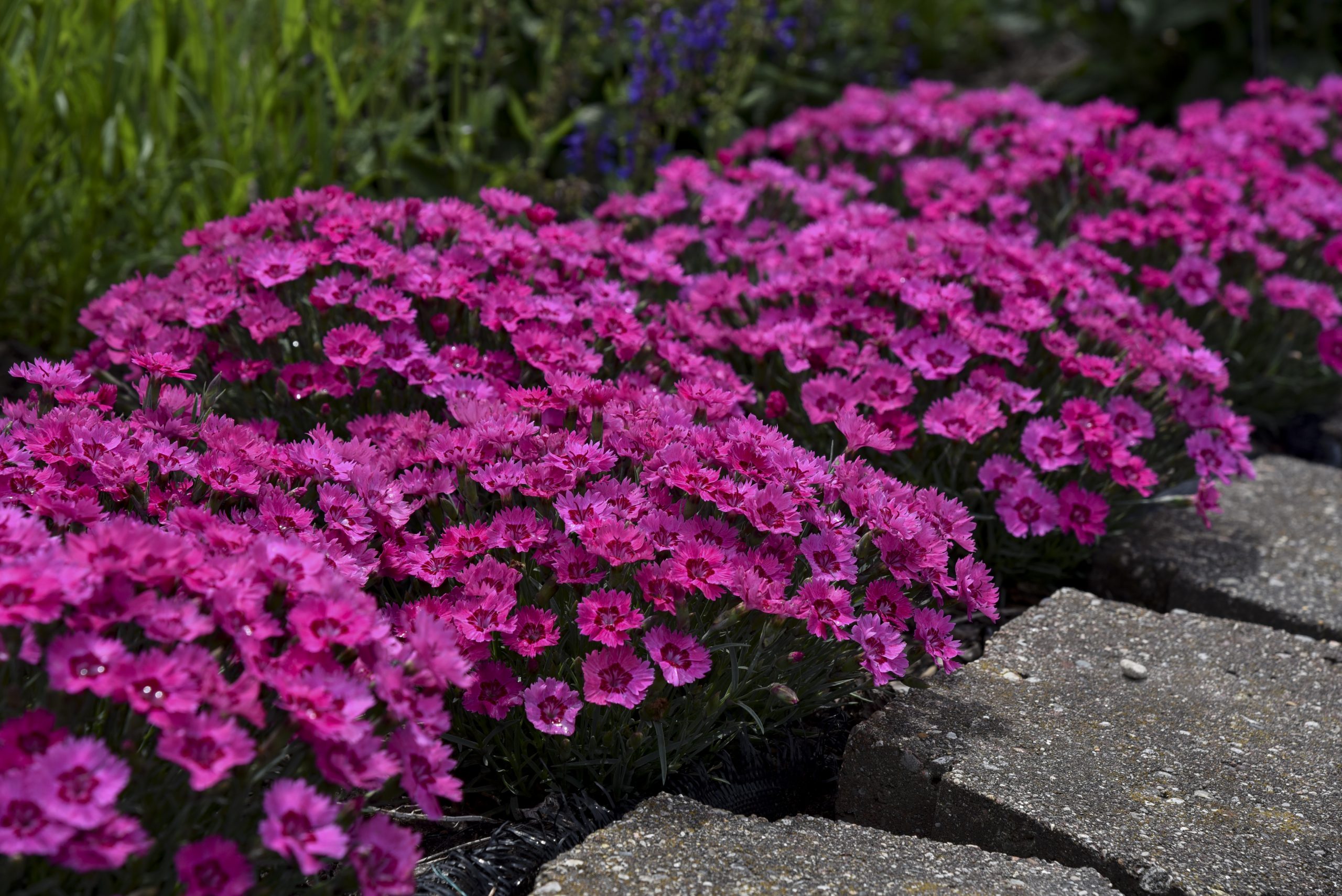


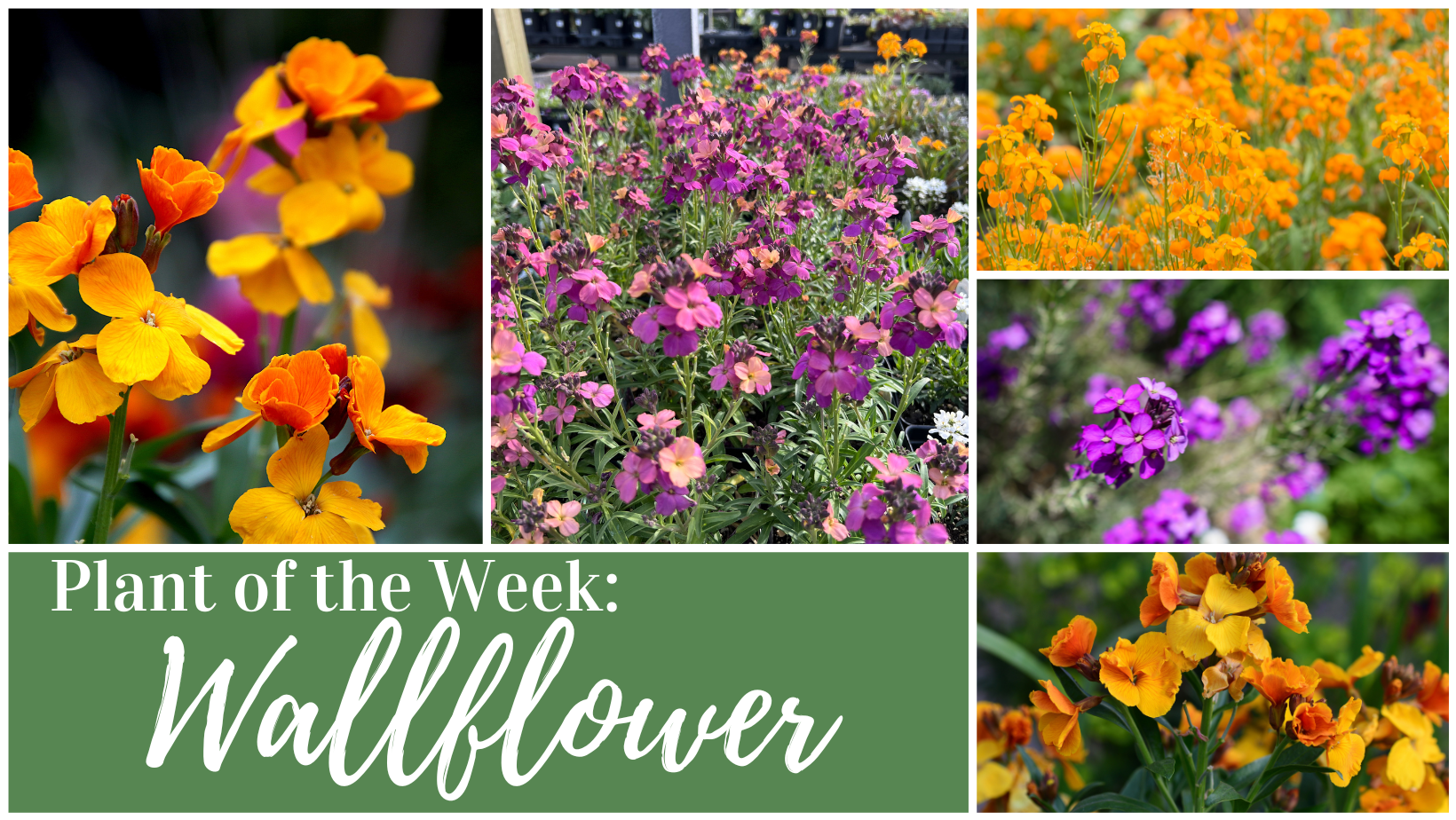 In the grand tapestry of nature’s garden, there exists a hidden gem, often overshadowed by flashier blooms but possessing an understated elegance and enduring charm. Enter the perennial wallflower, a plant that quietly enriches any garden with its delicate blossoms and steadfast presence. While it may be named after the shy observer of the dance, its beauty demands attention and its resilience inspires admiration.
In the grand tapestry of nature’s garden, there exists a hidden gem, often overshadowed by flashier blooms but possessing an understated elegance and enduring charm. Enter the perennial wallflower, a plant that quietly enriches any garden with its delicate blossoms and steadfast presence. While it may be named after the shy observer of the dance, its beauty demands attention and its resilience inspires admiration.



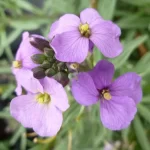
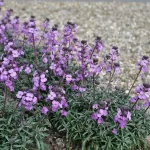
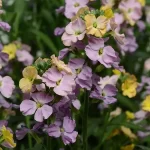
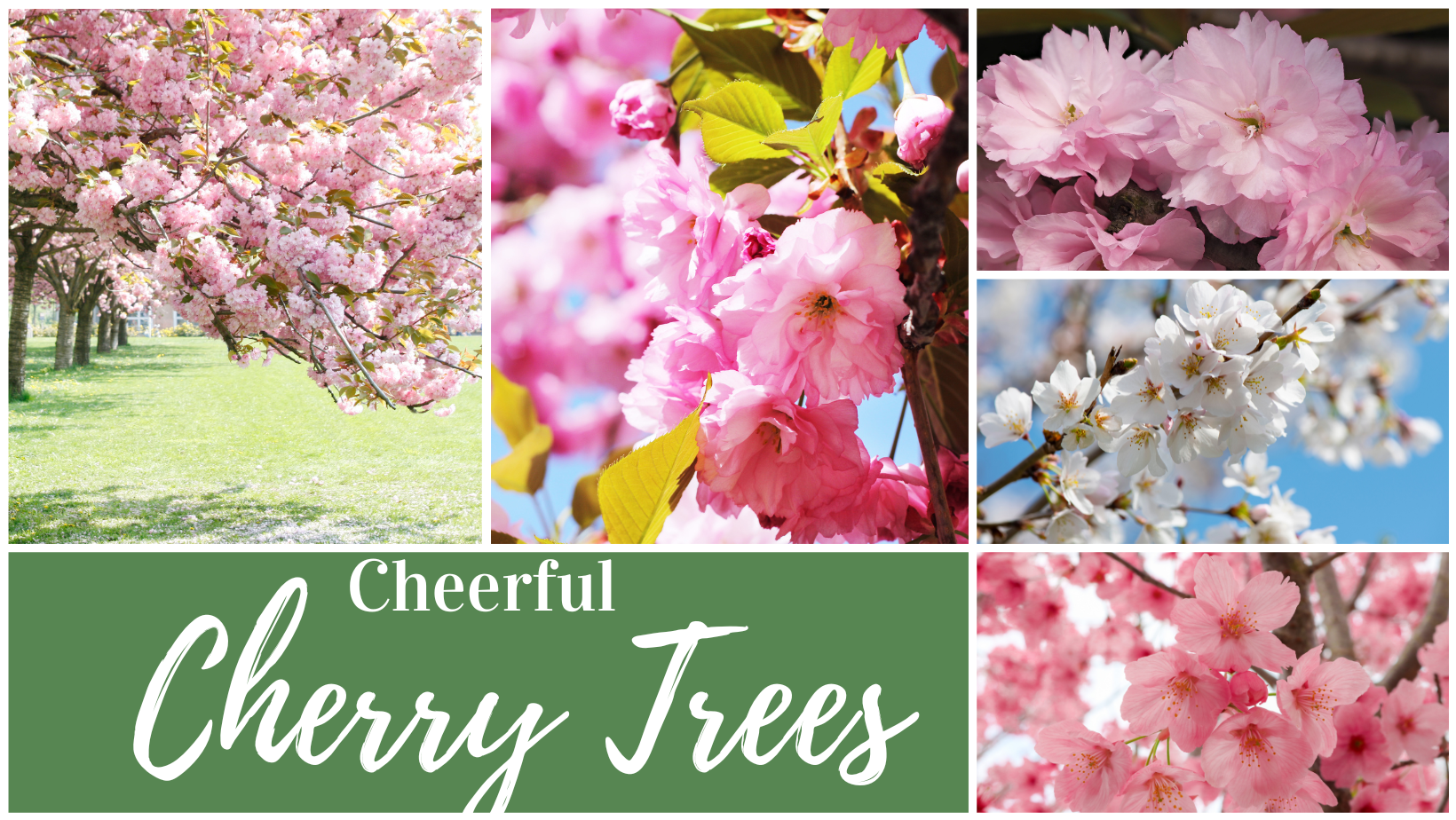
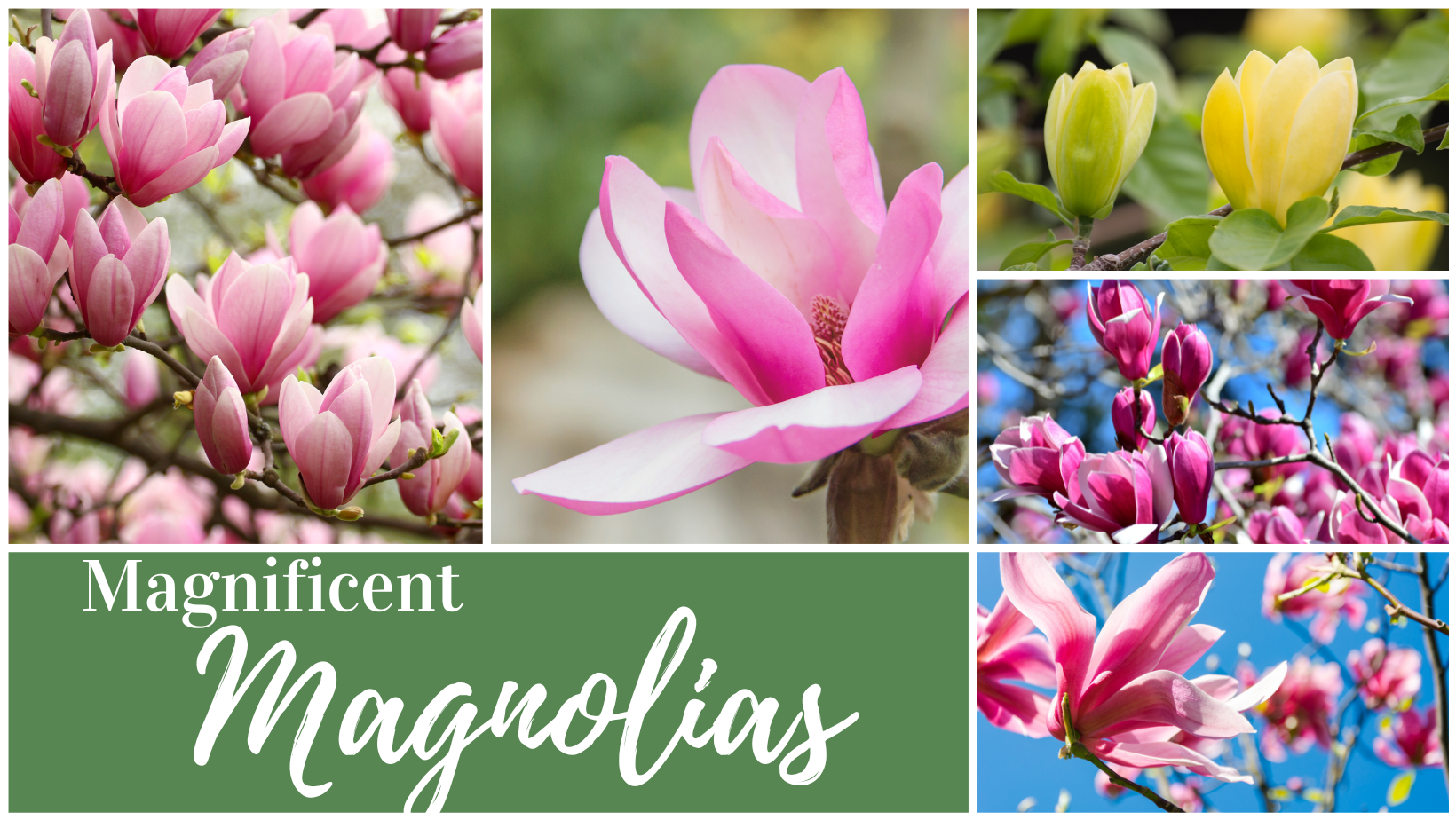
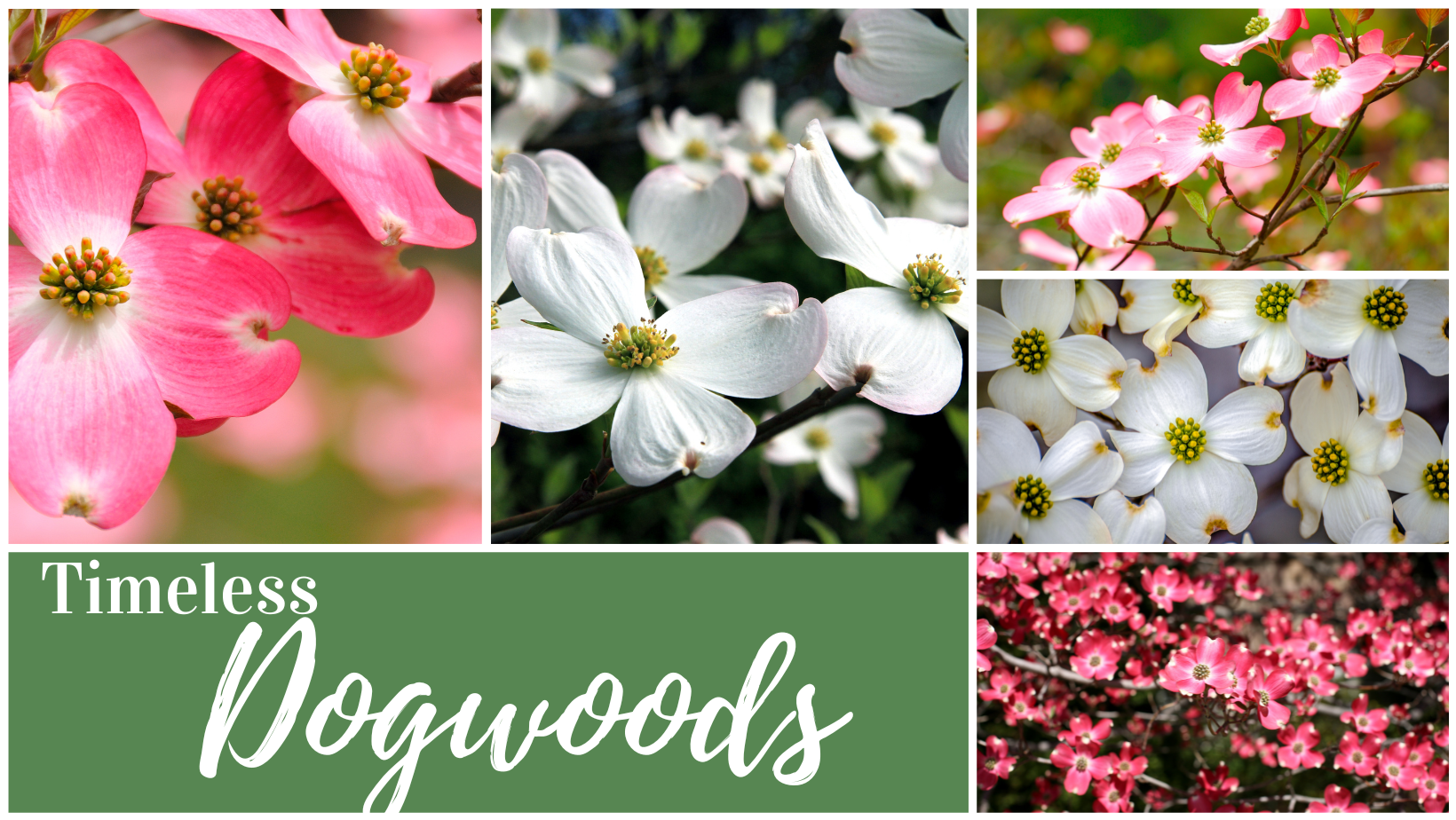 Dogwoods: Timeless Charm
Dogwoods: Timeless Charm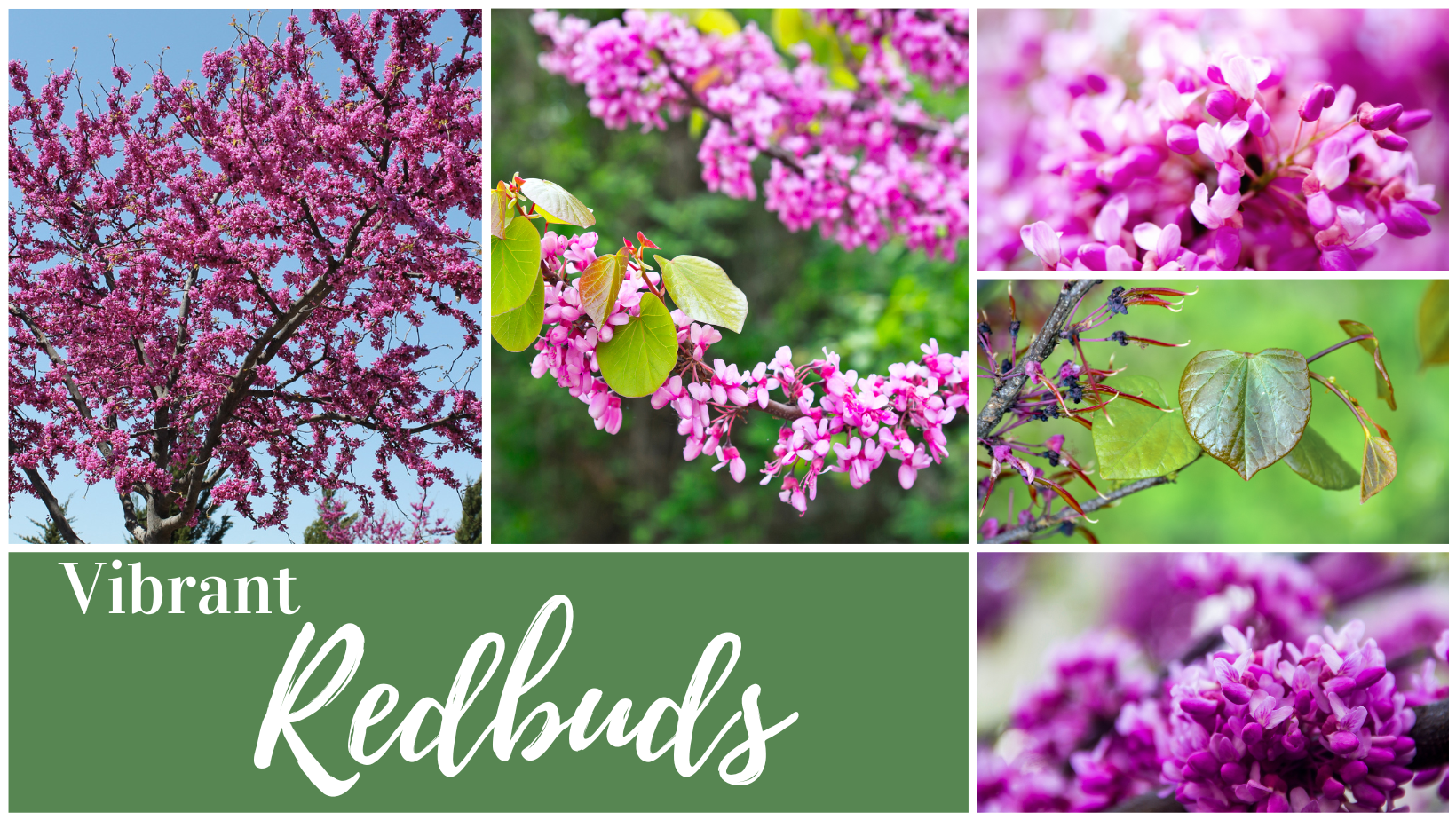 Redbuds: A Vision in Vivid Purple
Redbuds: A Vision in Vivid Purple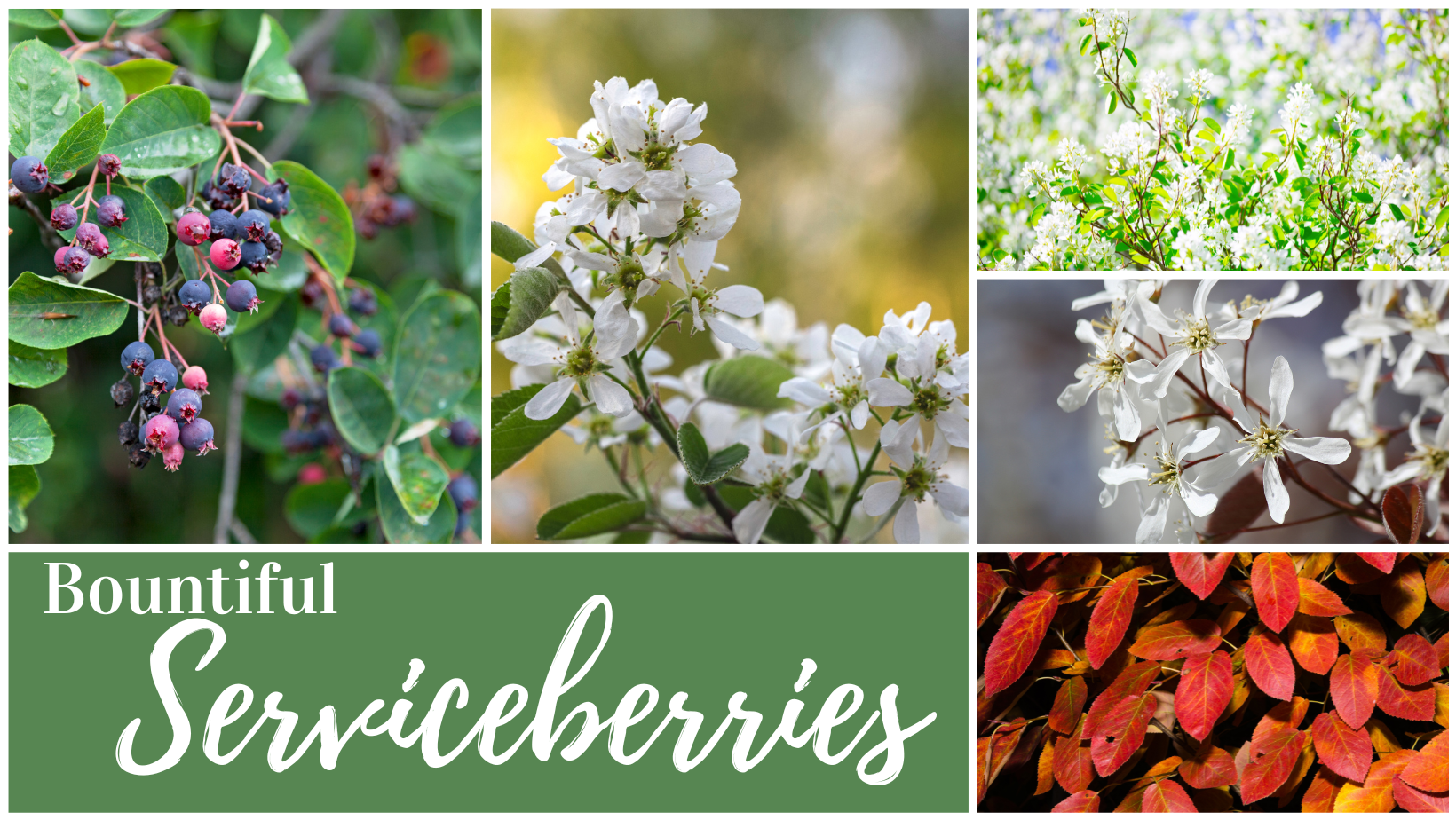
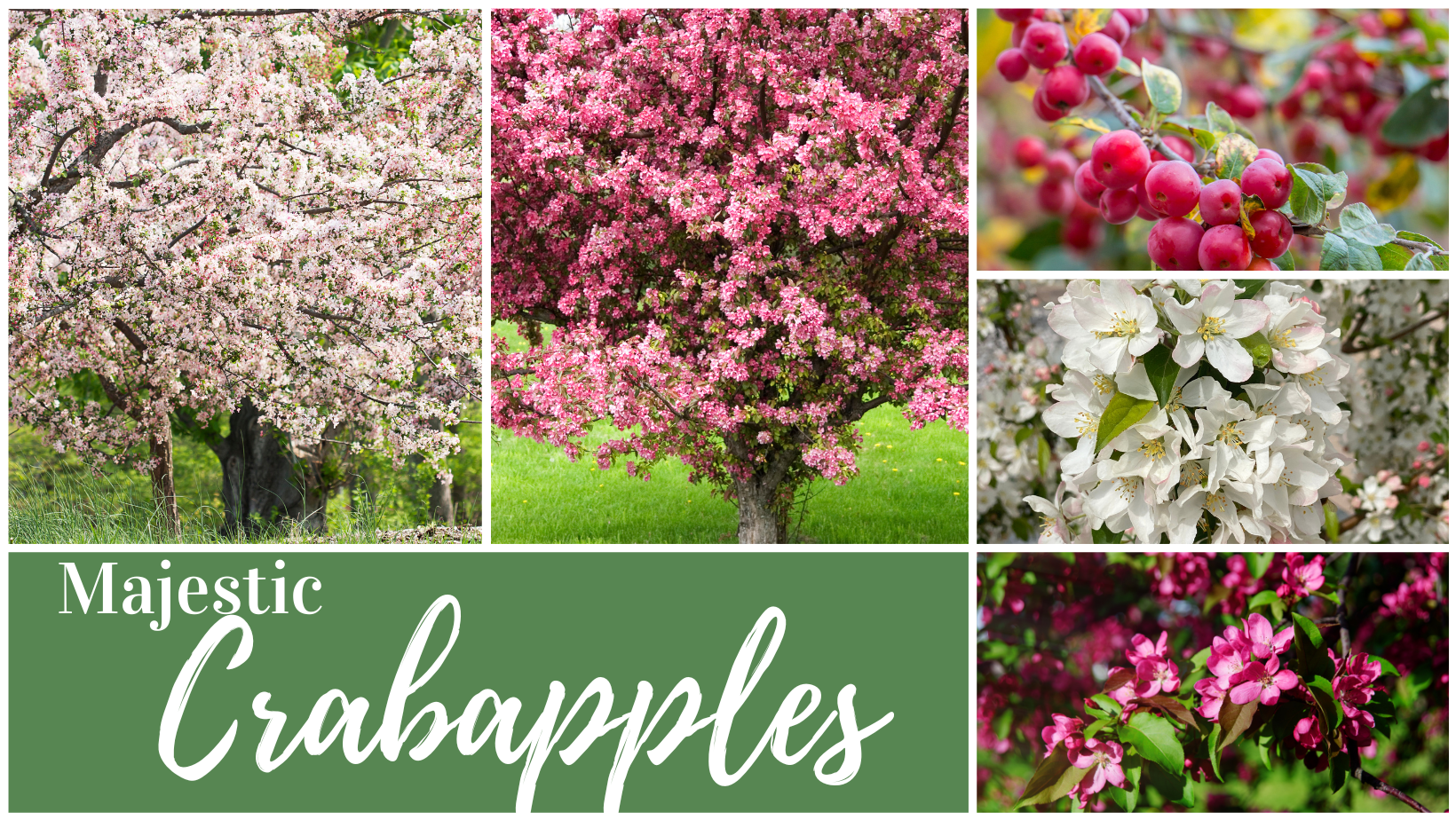 Crabapples: A Tapestry of Color
Crabapples: A Tapestry of Color